Mattala Rajapaksa International Airport (MRIA) is located in the Hambantota district, which houses a town called “Mattala”- after which this emptiest airport in the world is named. The other word in the name of the airport- “Rajapaksha”- comes from the name of the Sri Lankan president Mahindra Rajapaksha who opened the airstrip in 2013.

Photo: Anuradha Dullewe Wijeyeratne | Wikimedia Commons
One of the least utilized airports globally and which at a certain point in its operation saw fewer passengers than the airport staff has been dubbed “the most underused airport in the world” and other epithets such as “the world’s emptiest airport”, or “ghost airport” are labeled against it. The tale of the airport is of lack of proper planning, a “debt trap”, and environmental desecration.
Before touching deeper into the failure of the World’s Emptiest Airport- MRIA- let’s look at some of the exciting facts about MRIA that not everyone might know.
Some interesting facts about the World’s Emptiest Airport, Mattala Rajapaksa International Airport
- An aerodrome was constructed with an initial investment of 209 million dollars and was revealed in March 2013.
- The airport’s runway measures a staggering 3500 meters long, earning it a spot as one of the lengthiest runways in South Asia.
- It has a 12,000-square-meter passenger terminal, 10,000 square meters worth of cargo terminal, and a 35-meter-tall air traffic control tower.

The Air Traffic Controllers Tower outside the World’s Emptiest Airport
- The runway can accommodate the biggest commercial aircraft, the Airbus A380.
- It has the potential to serve 1 million travelers annually.
- MRIA saw 1536 passengers in 2019, which drew attention to the severe underutilization of its capabilities.
- MRIA is the second-largest international airport in Sri Lanka and the world’s most deserted airfield.
Why did Mattala International get the title “The Most Deserted/ Emptiest” Airport?
Much like the Gautama Buddha International Airport in Nepal which lies in a state of almost abandonment, the Mattala International Airport was constructed without “demand forecasting”.
Due to greater traffic congestion in the International Airport at Colombo, the Sri Lankan government intended to build an alternative to the one in Colombo, as a result of which Mattala, a town that lies 250 kilometers from Colombo was chosen. The then-president of Sri Lanka, Mahindra Rajapaksha, decided that his hometown of Mattala would be turned into a metropolis. His ambitions were to build a cricketing stadium, a billion-dollar seaport, an exhibition center, and a large industrial and export processing zone, amongst other facilities.
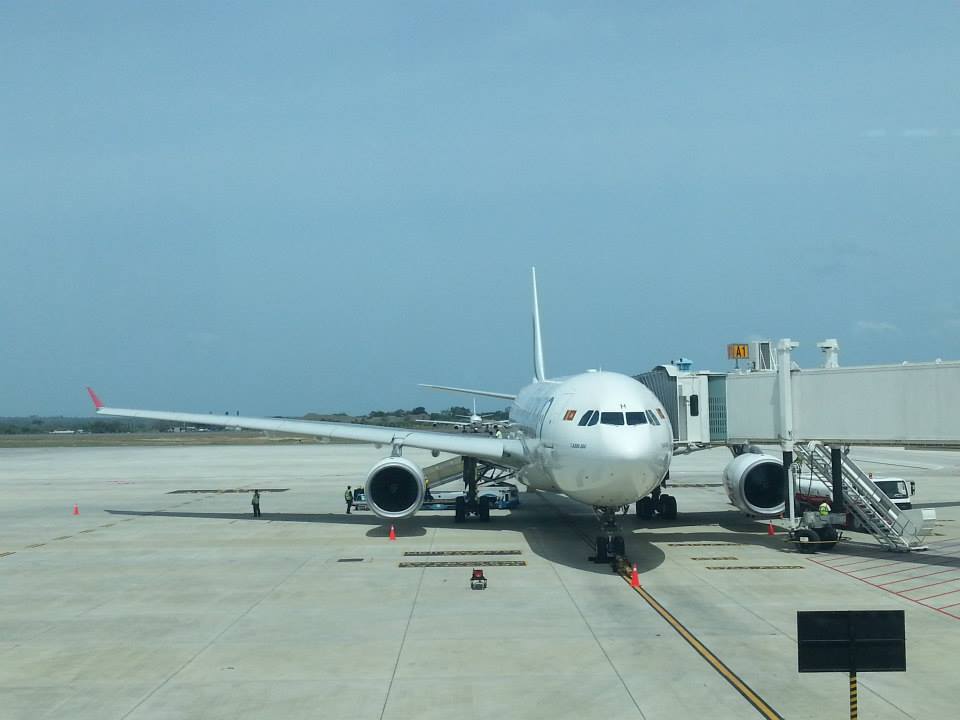
Photo: Sakith GW | Wikimedia Commons
It was hoped that all of the projects above would work in unison to turn Mattala into an economic hub. But things didn’t materialize out as planned and the millions of dollars of loans borrowed from the Exim Bank in China to build this airport saw fewer than 2000 passengers in a given year.
In an article written in the paper Guardian, the state of emptiness of the airport is encapsulated as:
“The last flight from the airport departed at 7.50 am. The next is scheduled for 7.50 am tomorrow. In the meantime check-in counters are empty, car rental desks deserted, and the only sign of life a handful of staff laughing around an information desk who disperse when a visitor arrives.”
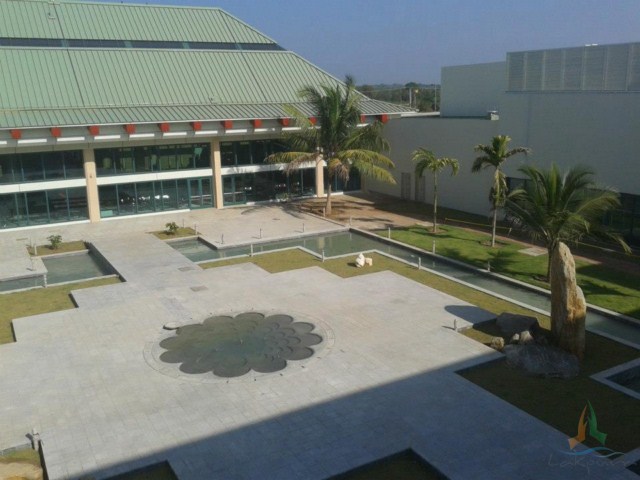
Photo: Amila Tennakoon | Wikimedia Commons
History of the Mattala Rajapaksha International Airport
In the early 2000s, building an airport in the southern province was introduced to enhance the locals’ economy. Sri Lanka’s government obtained financial assistance from China to construct the airport. It was officially opened in March 2013 to establish the area as a hub for tourism and commercial activities. Overall, the vision behind the inauguration of Mattala Rajapaksa International Airport was to stimulate economic progress.
Geography of the World’s Emptiest Airport
Although the airport has a lot of potential to develop as a major hub for aviation, Mattala Rajapaksha International Airport is tucked quietly between two large wildlife parks. It also lies a mere 17 kilometers from the beaches of this country but is placed in a secluded region, distant from populated urban centers and popular tourist spots.
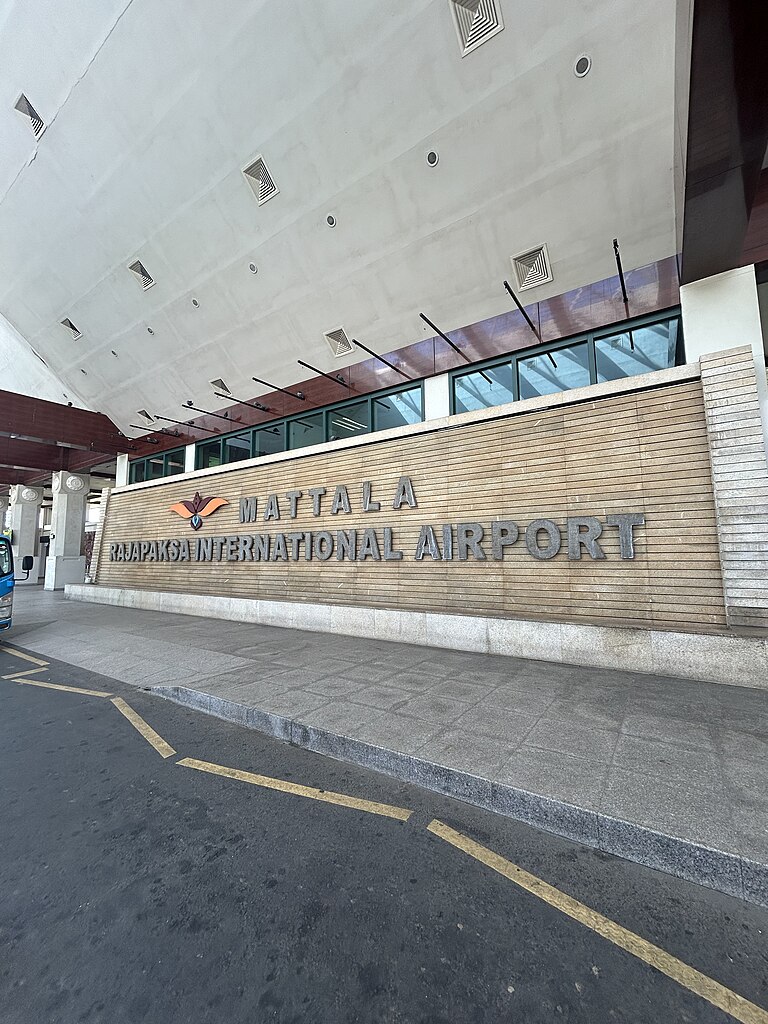
One of the major hurdles for the MRIA is that it lies along a migratory route for birds, resulting in several aircraft-bird collisions. The first of these occurred on 14 March 2013 when a test flight between Colombo and Mattala hit a flock of birds on approach. The second of these took place ten days later as Sri Lankan Airlines Flight 114 met with a birdstrike while it was taking off from MRIA. On 11 January 2014, flydubai Flight 551 also collided with peacocks while taking off from the airport.
None of these instances led to casualties but they did point out that the airdrome’s position significantly negatively impacts natural environments, causing deforestation on a large scale. It has been reported that the military deployed 100 troops to clear the wild buffalo, deer, and elephants that were forced to relocate from the airport’s vicinity.
Wade Shepard writing for Forbes is quoted to have said:
“ The airport was basically thrown out in the jungle and left to fend for itself. There was not even any public transportation linking it with nearby population centers when I visited in early 2016.”
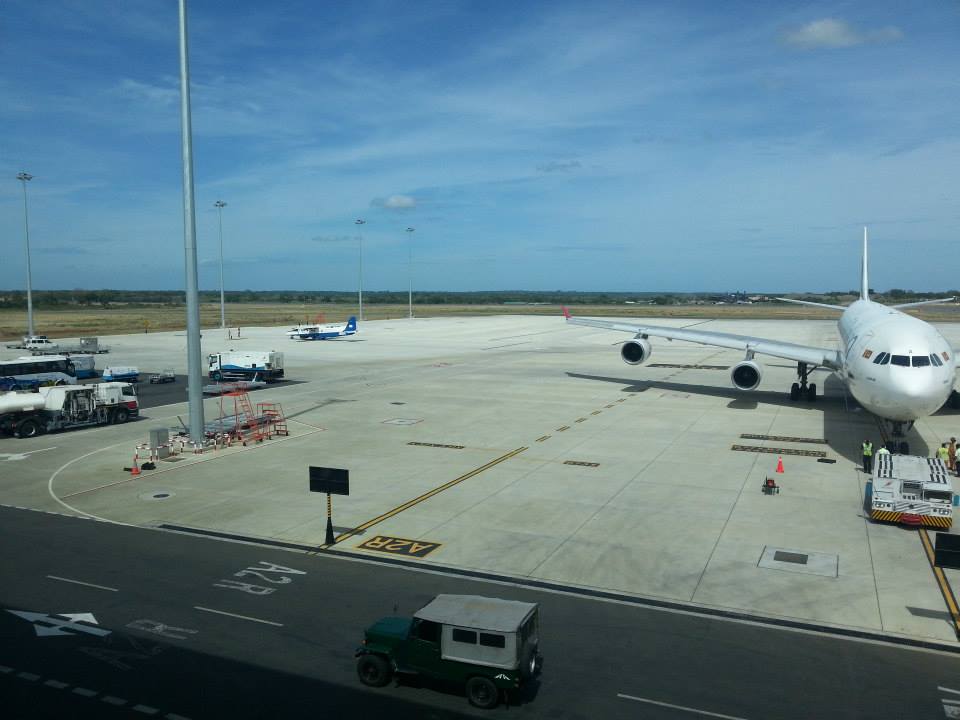
Photo: Mriatobia | Wikimedia Commons
The effect of Politics as a ruin of MRIA
The cost of the construction of MRIA was $200m. Estimates have it that the government of Sri Lanka is paying 2.5bn rupees a year in debt payments to the Chinese creditors who facilitated the construction of the airport.
China’s Influence in the World’s Emptiest Airport
Under the Belt and Road Initiative, China has had a strong foothold in the Indian subcontinent as it has financed projects in Pakistan, Nepal (Pokhara International Airport- another underused airport that could be a “white elephant like the MRIA), Bhutan, and other nations. The Exim Bank of China provided the multi-million dollar loan for the construction of the Mattala Rajapaksa International Airport, which was later to be dubbed “the emptiest airport in the world”. It also had an interest rate of 6.3% behind it.

China has been known to get countries in what is known as a debt trap – a situation where borrowing countries cannot pay off their debts. A glaring example of this is the Hambantota port. After Sri Lanka had difficulties repaying the loan, the country’s government agreed hand over the control of the deepwater port to China as it stamped out a debt of $1.1 billion. This meant that China had an equity stake of 70 percent in the port for 99 years.
It was also reported that the business in the emptiest airport in the world was once so slow that more money was made in the airport by renting out the unused cargo terminals for rice storage rather than from activities stemming out of aviation.
With low demand for flights, the airport shut its operations in 2018. The COVID-19 scare saw the aviation industry’s net losses amount to a staggering $126.4 billion with aviation-related jobs in various airlines, air traffic management, airports, lessors, manufacturers, etc) plummeting by around 43 %, while there was a reduction of 52 % jobs that were supported by aviation. MRIA, which was already floundering at this stage, was brought down to its knees.
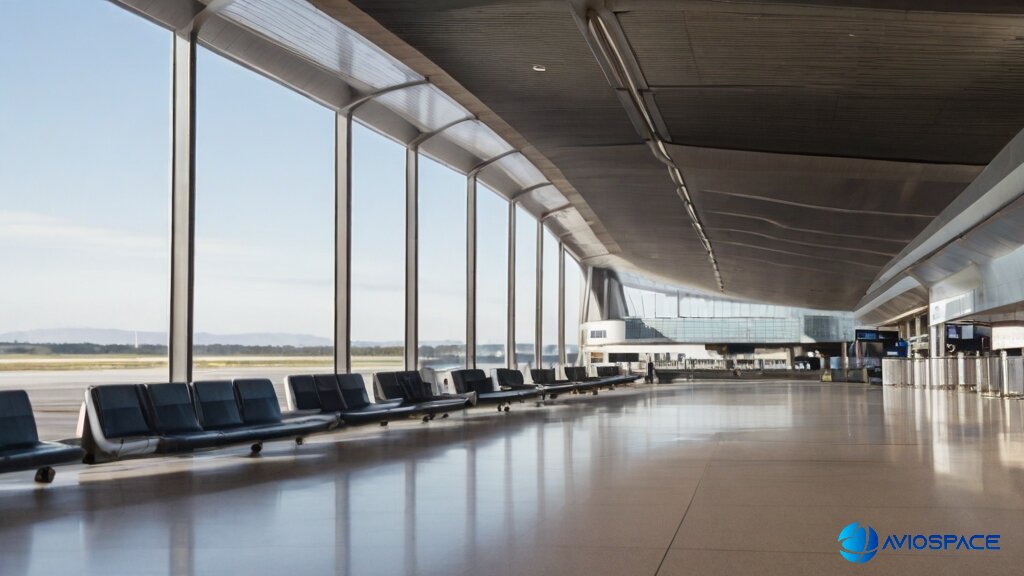
After resuming its flights as it hoped to recover from the pandemic, the airport again saw no flights until December 2022 when it saw close to 400 Russian tourists. Currently, there are talks of a joint venture between India and Russia to involve private entities to run the Mattala Rajapaksha International Airport.
Conclusion
To sum up, the Mattala Rajapaksa International Airport in Sri Lanka serves as a warning of how political motivations and geographical constraints can impede even the most ambitious infrastructure projects. Despite being an impressive engineering feat, the airport has encountered challenges in attracting travelers and generating income, ultimately resulting in its status as one of the world’s most abandoned airports. It also highlights the importance of understanding the local market demand before investing in large-scale infrastructure projects.
